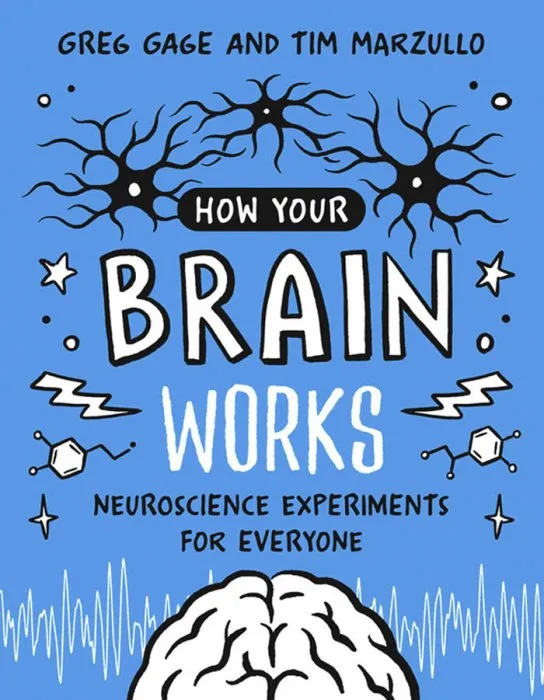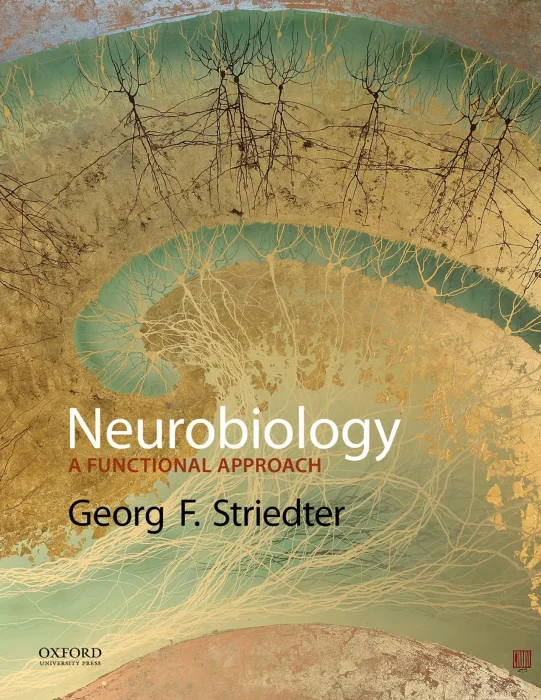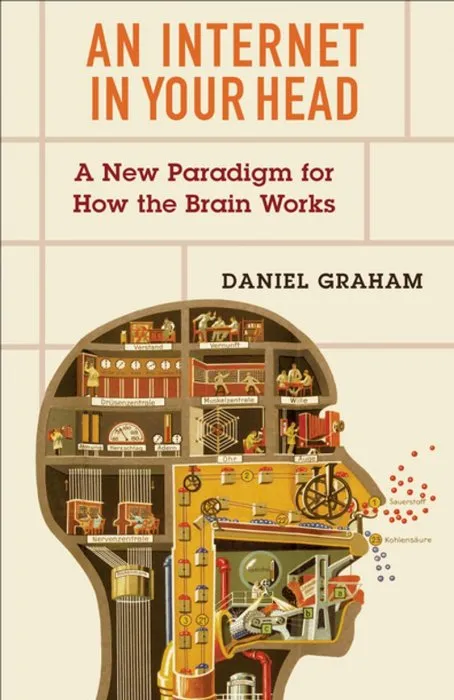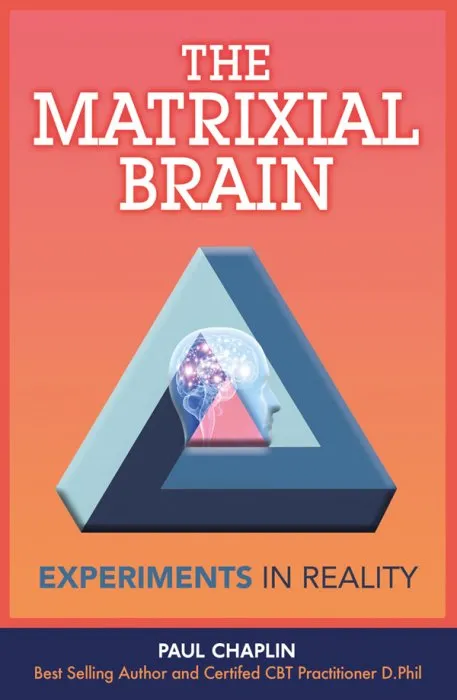How Your Brain Works: Neuroscience Experiments for Everyone (The MIT Press)

Date: October 25th, 2022
ISBN: 0262544385
Language: English
Number of pages: 320 pages
Format: EPUB
Add favorites
Discover the hidden electrical world inside your nervous system using DIY, hands-on experiments, for all ages. No MD or PhD required!
The workings of the brain are mysterious: What are neural signals? What do they mean? How do our senses really sense? How does our brain control our movements? What happens when we meditate?
Techniques to record signals from living brains were once thought to be the realm of advanced university labs . . . but not anymore! This book allows anyone to participate in the discovery of neuroscience through hands-on experiments that record the hidden electrical world beneath our skin and skulls. In How Your Brain Works, neuroscientists Greg Gage and Tim Marzullo offer a practical guide—accessible and useful to readers from middle schoolers to college undergraduates to curious adults—for learning about the brain through hands-on experiments.
Armed with some DIY electrodes, readers will get to see what brain activity really looks like through simple neuroscience experiments. Written by two neuroscience researchers who invented open-source techniques to record signals from neurons, muscles, hearts, eyes, and brains, How Your Brain Works includes more than forty-five experiments to gain a deeper understanding of your brain.
Using a homemade scientific instrument called a SpikerBox, readers can see how fast neural signals travel by recording electrical signals from an earthworm. Or, turning themselves into subjects, readers can strap on some electrode stickers to detect the nervous system in their own bodies. Each chapter begins by describing some phenomenology of a particular area of neuroscience, then guides readers step-by-step through an experiment, and concludes with a series of open-ended questions to inspire further investigation. Some experiments use invertebrates (such as insects), and the book provides a thoughtful framework for the ethical use of these animals in education. How Your Brain Works offers fascinating reading for students at any level, curious readers, and scientists interested in using electrophysiology in their research or teaching.
Example Experiments
• How fast do signals travel down a neuron? The brain uses electricity . . . but do neurons communicate as fast as lightning inside our bodies? In this experiment you will make a speed trap for spikes!
• Can we really enhance our memories during sleep? Strap on a brainwave-reading sweatband and test the power of cueing up and strengthening memories while you dream away!
• Wait, that’s my number! Ever feel that moment of excitement when you see your number displayed while waiting for an opening at the counter? In this experiment, you will peer into your brainwaves to see what happens when the unexpected occurs and how the brain gets your attention.
• Using hip hop to talk to the brain. Tired of simply “reading” the electricity from the brain? Would you like to “write” to the nervous system as well? In this experiment you will use a smartphone and hack a headphone cable to see how brain stimulators (used in treating Parkinson’s disease) really work.
• How long does it take the brain to decide? Using simple classroom rulers and a clever technique, readers can determine how long it takes the brain to make decisions.
The workings of the brain are mysterious: What are neural signals? What do they mean? How do our senses really sense? How does our brain control our movements? What happens when we meditate?
Techniques to record signals from living brains were once thought to be the realm of advanced university labs . . . but not anymore! This book allows anyone to participate in the discovery of neuroscience through hands-on experiments that record the hidden electrical world beneath our skin and skulls. In How Your Brain Works, neuroscientists Greg Gage and Tim Marzullo offer a practical guide—accessible and useful to readers from middle schoolers to college undergraduates to curious adults—for learning about the brain through hands-on experiments.
Armed with some DIY electrodes, readers will get to see what brain activity really looks like through simple neuroscience experiments. Written by two neuroscience researchers who invented open-source techniques to record signals from neurons, muscles, hearts, eyes, and brains, How Your Brain Works includes more than forty-five experiments to gain a deeper understanding of your brain.
Using a homemade scientific instrument called a SpikerBox, readers can see how fast neural signals travel by recording electrical signals from an earthworm. Or, turning themselves into subjects, readers can strap on some electrode stickers to detect the nervous system in their own bodies. Each chapter begins by describing some phenomenology of a particular area of neuroscience, then guides readers step-by-step through an experiment, and concludes with a series of open-ended questions to inspire further investigation. Some experiments use invertebrates (such as insects), and the book provides a thoughtful framework for the ethical use of these animals in education. How Your Brain Works offers fascinating reading for students at any level, curious readers, and scientists interested in using electrophysiology in their research or teaching.
Example Experiments
• How fast do signals travel down a neuron? The brain uses electricity . . . but do neurons communicate as fast as lightning inside our bodies? In this experiment you will make a speed trap for spikes!
• Can we really enhance our memories during sleep? Strap on a brainwave-reading sweatband and test the power of cueing up and strengthening memories while you dream away!
• Wait, that’s my number! Ever feel that moment of excitement when you see your number displayed while waiting for an opening at the counter? In this experiment, you will peer into your brainwaves to see what happens when the unexpected occurs and how the brain gets your attention.
• Using hip hop to talk to the brain. Tired of simply “reading” the electricity from the brain? Would you like to “write” to the nervous system as well? In this experiment you will use a smartphone and hack a headphone cable to see how brain stimulators (used in treating Parkinson’s disease) really work.
• How long does it take the brain to decide? Using simple classroom rulers and a clever technique, readers can determine how long it takes the brain to make decisions.
Download How Your Brain Works: Neuroscience Experiments for Everyone (The MIT Press)
Similar books
Information
Users of Guests are not allowed to comment this publication.
Users of Guests are not allowed to comment this publication.




